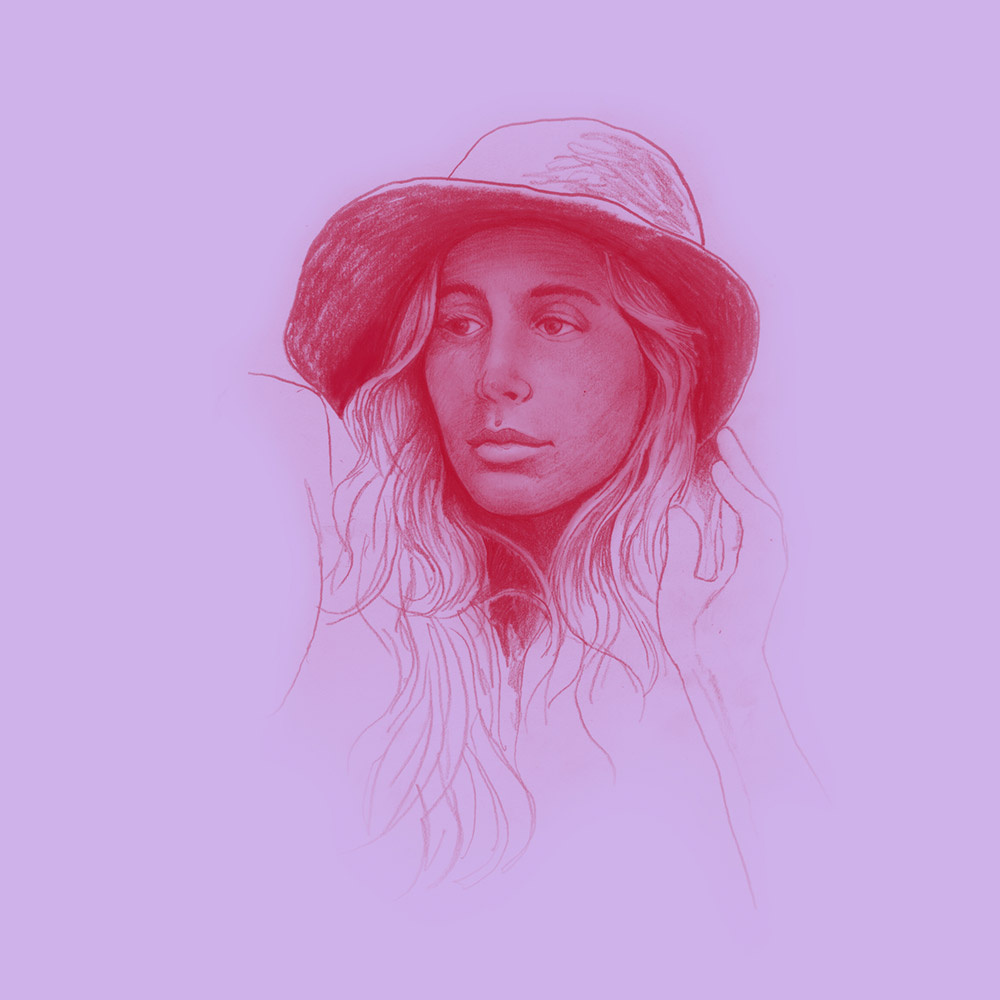Can you describe one of the most challenging aspects of surfing to you?
Tube riding. I grew up riding heavy logs and have ridden longboards most of my life. After having my son, I felt compelled to change my surfing and to try and draw new lines. Mostly I’m getting lipped in the head, but I love that I can grow my relationship with surfing and it can stretch me into uncomfortable places, year after year. The challenges really just keep coming, if you want them. That’s one of the things about surfing that I’ve found so conducive to a lifelong practice.
What’s one of the most redemptive or rewarding parts of surfing?
One fun wave can transform a mundane, or even shitty day, into a magical one.
Has surfing afforded you anything in life? If so, what?
One of the most valuable things is a sense of belonging — to a particular ecology and to a community of waterpeople. Surfing keeps me venturing into the living world on a daily basis — checking in on wind, swell, tide, studying the ocean, noting the constant flux of my local beaches, and talking and writing endlessly about it.
Mutual love for the ocean is what brought my partner, Dave [Rastovich], and I together.
I’m so grateful to have this anchor to place, because it’s an easy thing to lose in modernity. Belonging here — beside the local pod of resident dolphins, among the subtropical coastal rainforest where palms and pines grow side by side, where the alignment of billions of grains of sand can completely alter the trajectory of days or months of our lives — grounds me in a deeper sense of connection and purpose to protect this place. In no small way, surfing has delivered me great loves.
How long can you go without surfing?
About five months was my longest stretch out of the water, during which I hardly even saw the ocean, as I was on bed rest during pregnancy. I’d prepared to be one of those people who surfed until the day she gave birth at home, orgasmically, in a warm pool filled with rose quartz and gardenia blossoms. But I was not.
I had unpredictable bleeding events throughout most of my very complicated and dangerous pregnancy. I couldn’t ride in a car on bumpy roads, or laugh too hard, because both would trigger contractions for me. Months of this culminated in an emergency C-section and a tiny, premature baby. Surviving what I like to refer to as my “Zen retreat” of learning to keep calm in the face of mortal chaos stirred my surf cravings more deeply than ever.
It was so humbling to come back to the water and feel so out of rhythm with my body and the ocean, and so satisfying to rekindle that relationship. I’m clearer than ever about what I find fun and how important and meaningful play is for me, so I prefer to get in the ocean most days now. There are things comparable to the feeling of surfing, but it’s the most consistently reliable way for me to immediately dive into time out of time — time of mind. To play, to feel humbled by fear and stretch myself, to be tumbled into my senses and reminded of the beauty and wonder all around us.
How and when did you fall in love with surfing?
I grew up on a barrier island — Anastasia Island — surrounded by water. My family was always at the beach, and my dad grew up surfing as a military kid in Hawaii, so we always had boards around. There wasn’t a whole lot to do on our sleepy little end of the island, but I could walk to the beach.
I started surfing when I was 13. I had lots of guy friends who surfed, and after an especially vivid dream about surfing, I knew that I had to try. I talked a friend into pushing me into waves on his old longboard the next day. I remember the exhilaration of it, the breeze in my face, gliding along these tiny, windy wavelets of the Atlantic — so many enlivening sensations. I adopted my dad’s dusty 7’6” — a locally shaped yellow Lighting Bolt knock-off — and just started the process of learning how not to flail. All other interests pretty much fell to the side.
What’s one of your pre/post-surf rituals you hold dear?
Eating from real hunger. Slight dehydration, a salty palette, and physical exhaustion just make everything taste so much better. Summer has just arrived here, and mango season is in full swing. There is not a more perfect interplay of sweet-tangy-juicy-cool than a voluptuous mango on a hot day — peeled like a banana, not sliced. Full immersion.


